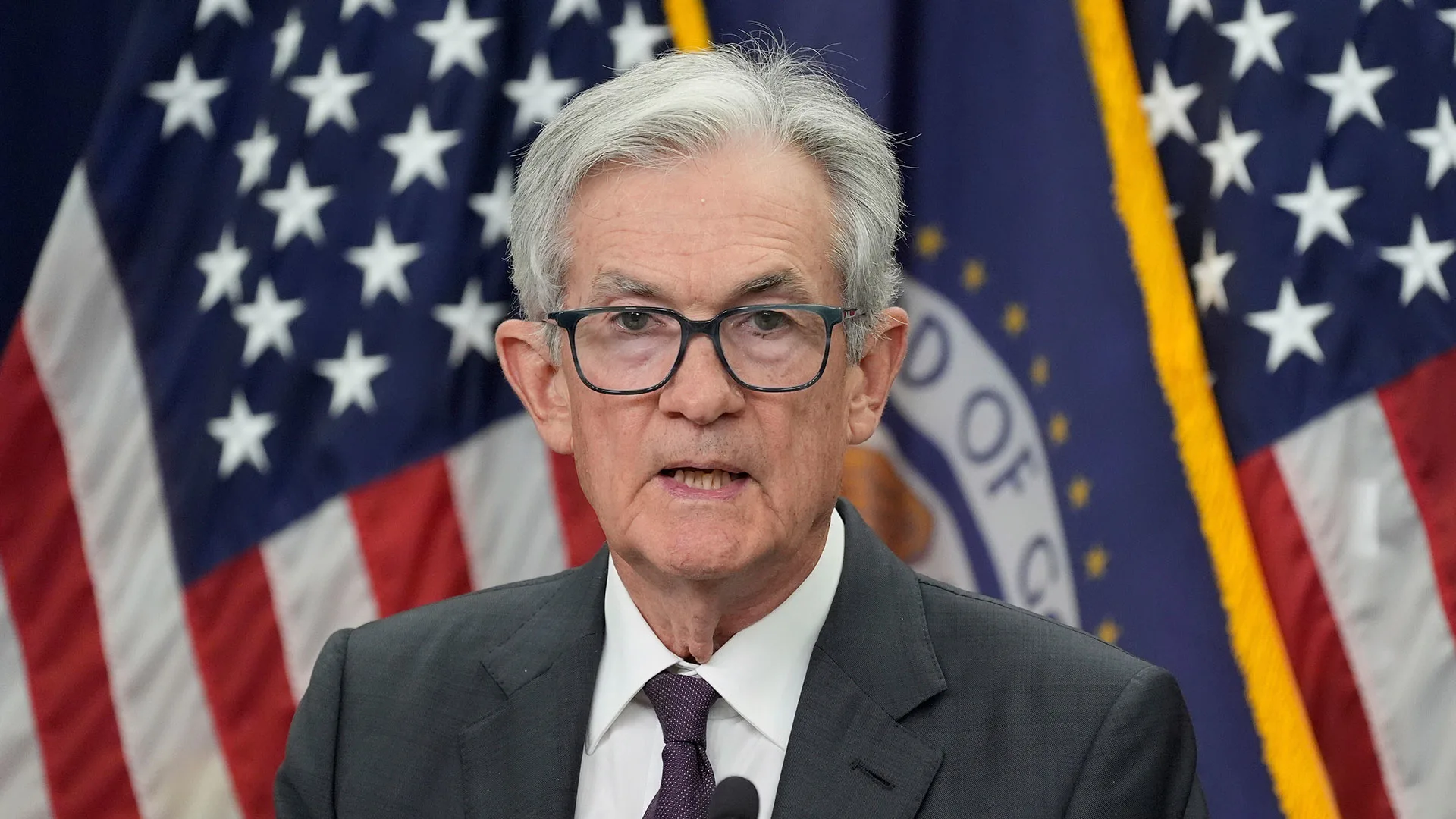
"Just three weeks ago, Federal Reserve Chair Jerome Powell spoke to reporters after the central bank had kept its key interest rate unchanged for a fifth straight meeting and said the job market was "solid."His assessment was important because if the job market is healthy, there is less need for the Fed to cut its key interest rate, as President Donald Trump has demanded. Two days later, the Labor Department issued a report that cast doubt on that assessment, showing hiring was weak in July and much lower than previously estimated in May and June."
"So, there will be a lot of attention paid by Wall Street and the White House to Powell's high-profile speech Friday at the Fed's annual economic symposium in Jackson Hole, Wyoming. If the famously data-dependent Powell shifts gears and takes a gloomier view of the job market, that could open the door for a rate cut at the Fed's next meeting in September.Powell could also stick to the cautious approach he's maintained all year and reiterate that the central bank needs more time to evaluate the impact of Trump's sweeping tariffs on inflation."
"Most economists expect Powell to signal that a rate cut is likely this year, but won't necessarily commit to one next month. That could disappoint Wall Street, which has put high odds on a September cut.Powell's speech, his last address at Jackson Hole as chair before his term ends in May, will occur against a particularly fraught backdrop. About a week after the jobs numbers, the latest inflation report showed that price growth crept higher in July. Core prices, which exclude the volatile food and energy categories, rose 3.1% from a year ago, above the Fed's 2% target.Stubbornly elevated inflation pushes the Fed in the opposite direction that weak hiring does: It suggests the central bank's short-term rate should stay at its current 4.3%, rather than be cut. That would mean other borrowing costs for mortgages, auto loans, and business loans, would stay elevated."
Federal Reserve Chair Jerome Powell faces conflicting signals as he prepares to speak at the Jackson Hole symposium. Labor Department data showed weak hiring in July and downward revisions to May and June, undermining prior assessments of a solid job market. A separate inflation report showed core prices up 3.1% year-over-year, above the Fed's 2% target. Weak labor market data would support a rate cut, while elevated inflation argues for holding the current 4.3% rate. Most economists expect Powell to signal a likely rate cut this year but not necessarily in September. Markets and policymakers will closely monitor his stance.
Read at Fast Company
Unable to calculate read time
Collection
[
|
...
]